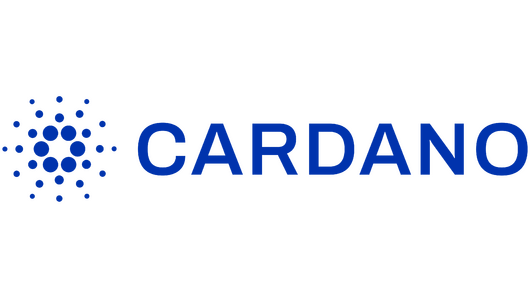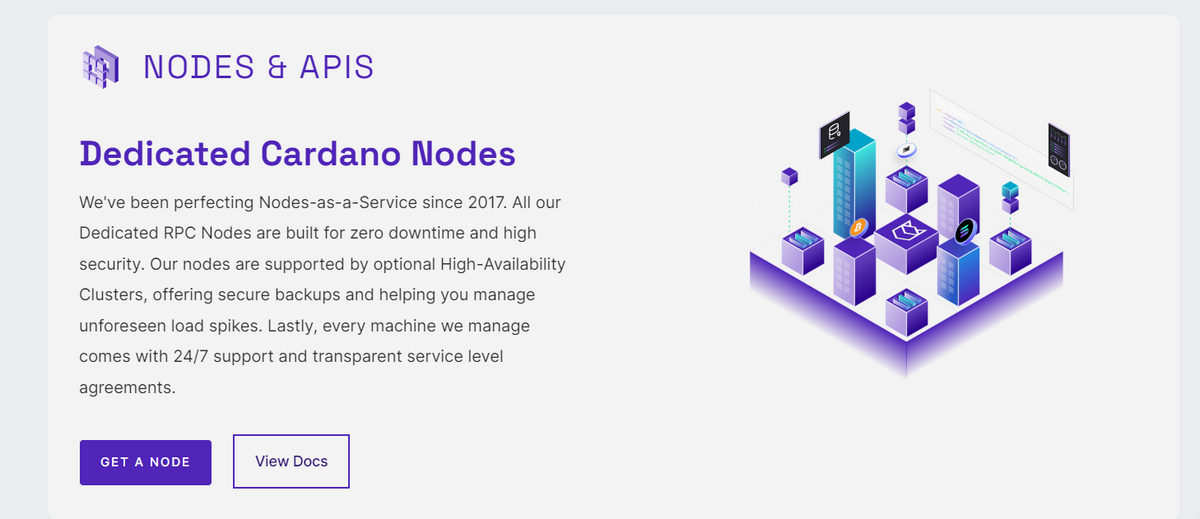
Cardano Nodes are integral to the network’s infrastructure. Without node operators and stake pools, the Cardano blockchain wouldn’t function, and the crypto market’s beloved (or maligned, depending on where you stand) ADA wouldn’t exist.
Despite being a pillar of decentralization in the Cardano ecosystem, crypto newcomers still somewhat misunderstand the role of Cardano nodes. The efforts of Charles Hoskinson and Input Output Global, formerly known as IOHK, have helped to make things more accessible, but there are still some lingering questions.
What exactly is the role of Cardano nodes, and how do they benefit both node operators and the Cardano network itself?
Table of Contents
What Are Cardano Nodes?
A Cardano node is a software application connecting to the Cardano blockchain and transferring and communicating information to the network. Every node stores an up-to-date copy of the blockchain’s state and is also responsible for validating transactions and creating new blocks.

Cardano nodes have been set up all over the world, and thousands of different node operators are contributing to helping decentralize the network and secure the blockchain.
How Do Cardano Nodes Work?
Cardano is a Proof-of-Stake blockchain (PoS) that relies on the Ouroboros consensus mechanism. In short, the Ouroboros consensus randomly selects a node operator to be a slot leader. This node is then responsible for validating transactions and creating the next block on the chain in exchange for ADA rewards.
Slots and Epochs
The Ouroboros protocol divides time on the blockchain into units called epochs, which last roughly five days. Every epoch is further divided into Slots, with each slot lasting ~ one second and allocating 432,000 slots per epoch.
Sponsored
This might seem arbitrary, but it’s important for what comes next.
Slot Leader Selection
Approximately every 20 seconds, the Ouroboros protocol randomly selects a slot leader. The slot leader is chosen from the stake pool operators who’ve delegated their ADA tokens to block-producing node operators to secure and decentralize the Cardano blockchain.
Theoretically, the more ADA tokens committed to a stake pool, the greater the chance of that particular operator being chosen to validate transactions and create the new block. The selected node is then rewarded with ADA emissions in exchange for validating the blockchain network and positively contributing to the Cardano ecosystem.
Benefits of Running a Cardano Node
There are numerous advantages to running a Cardano node or stake pool, which has undoubtedly led many different businesses and Cardano enthusiasts to launch their own services. Let’s recap some of the perks:
- Decentralize the Cardano Network – Running a Cardano node or delegating your tokens to a staking pool helps to distribute the blockchain’s network of validators. This secures the network and eliminates singular and centralized points of failure that could weaken the chain and compromise protocol uptime.
- Earn ADA Emissions – As a reward for operating a node or committing your tokens to a staking pool, you will earn ADA emissions as new tokens enter the circulating supply.
- Energy Efficient – Cardano’s Ouroboros consensus model is remarkably sustainable, using dramatically less energy than Proof-of-Work chains like Bitcoin (BTC) and even other PoS chains like Ethereum (ETH).
Becoming a Cardano Node Operator
Unfortunately, running Cardano nodes on the mainnet isn’t as easy as you might think. Setting up your own node requires a level of coding ability and skill that the average ADA probably doesn’t possess.
On the other hand, there are a couple of ways to bypass this obstacle and make a meaningful contribution to the Cardano network.
Set up Your Own Node
Setting up a Cardano node is not for the faint of heart. You’ll need to have a good command of Haskell and some other top-level languages to get things up and running.
Unsurprisingly, the official Cardano docs are the best resource to help guide you through the process. These can be found on Cardano’s open-source github.com repo and will provide plenty of information about the Cardano-cli (command line interface), configuration files, and APIs and walk you through how to install the required software on Linux and Windows operating systems.
Use a Nodes-as-a-Service Provider
If reading technical documentation and complex config settings gives you a migraine, you could consider using a NaaS provider. Nodes-as-a-Service providers are essentially blockchain infrastructure businesses that manage nodes on your behalf for a fee.

What’s more, most providers offer Whitelabel services, meaning that you can easily put your own branding on your node. This might not interest the individual ADA holder, but some dApps and cryptocurrency-based products within the Cardano ecosystem often prefer to use their own nodes to host their protocols.
Delegate ADA to a Stake Pool
Fortunately, another way to contribute to a Cardano node is far simpler and available to everyone. Instead of setting up your own node or paying a company to operate one on your behalf, why not just stake your ADA tokens to a reliable stake pool operator?
This way, you can still earn consistent ADA rewards while securing and decentralizing the chain without the complications that arise from node management. Staking ADA is a relatively simple and straightforward process that takes less than 5 minutes.
On the Flipside
- When staking ADA for the first time, you won’t begin earning rewards until the 2nd epoch after you originally committed your tokens.
Why This Matters
With impressive coefficient scores, Cardano is one of the most decentralized blockchains in the crypto industry. Learning about what makes Cardano’s unique PoS mechanism, Ouroboros, will teach you more about blockchain technology and the nature of the Cardano network.
FAQs
Yes, anyone with the technical know-how and sufficient ADA holdings can run a Cardano node.
There are over 6000 Cardano relay nodes currently in operation.
On average, Cardano nodes provide users with ~5% annual percentage yield. It’s important to remember that these rewards are paid out in ADA, not fiat currency.

